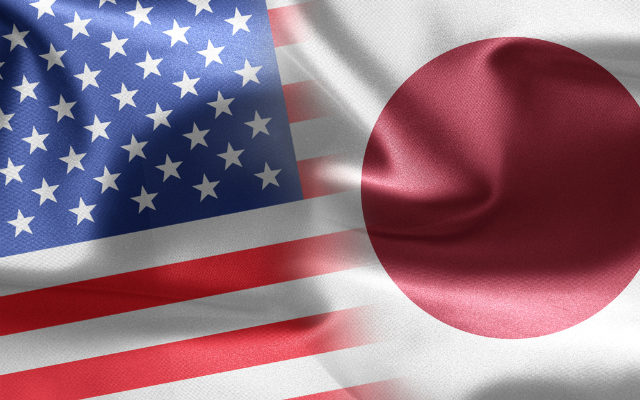
The US dollar went through a sharp increase against its Yen counterpart on Friday, putting a stop to the four-day decay when the USD/JPY pair fell more than 4% due to the fact that investors turned to the safe-haven represented by the Japanese currency. The duet went through a wide range between 111.72 and 113.55 before closing the session at 113.22, meaning a 0.71% gain for the day.
This came after Thursday’s 15-months high for the Yen against the USD at 110.98, as the crude bottomed to 12-years low with reluctance growing against risky, high-yield bonds. Looking back to the first two weeks of this months, there were only two sessions out of ten in which the dollar managed to overcome the Yen, going up more than 6.5% on those occasions. From a technical perspective, in this new turnover, the USD/JPY set its support at 110.98 (February 11th low) and the new resistance line at 123.67 (December 3rd high).
The last significant surge on January, 29th (when the USD went up more than 2% against the Yen) was the aftermath of BoJ’s (Bank of Japan) decision to push the interest rates into negative territory – a decision not expected by the vast majority of market actors. Haruhiko Kuroda, the BoJ President, motivated the decision as a “must”, stating that the primary reason for the rate cut is the increasing volatility in markets worldwide, especially in emerging markets and particularly in China. The decision had an even greater impact, as 4/9 expectations were against BoJ taking this decision just minutes before the release.
In the last two weeks, the Yen carry trade went down steadily amidst growing concerns over the Japanese bank profits, the ongoing commodity slump and also the uncertainty surrounding the present Fed monetary policy cycle. This pressure seemed to be sufficient for the Yen, as it went down against the USD.
On the European side, the ECB (European Central Bank) already set the deposit rate in the negative territory for some time. BoJ’s decision to undertake the same measure makes it the second bank with negative rate and marks the first time in world history when two banks decide simultaneously to drag the monetary policy rates under the neutral handle. The latest numbers of other central banks adhered to the solution – now called the Negative Interest Rate Policies or NIRP, in order to rebalance inflation and boost economic growth. The new policy is, in fact, a charge on excessive reserves held by a country’s banks, forcing them to pass the costs along to the final consumers by increasing their fees.

